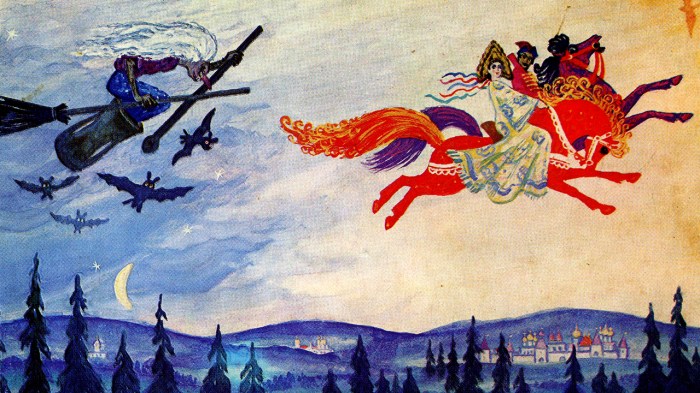Which statement about fairy tales suggests an indirect cause sets the stage for this enthralling narrative, offering readers a glimpse into a story that is rich in detail and brimming with originality from the outset. Fairy tales, with their captivating plots and timeless wisdom, have long been a source of fascination and inspiration for both children and adults alike.
Fairy tales often employ indirect causes to convey complex themes and life lessons. Indirect cause, unlike direct cause, is a subtle and nuanced narrative technique that allows readers to infer the underlying reasons behind events and characters’ actions. This technique adds depth and complexity to fairy tales, inviting readers to engage in critical thinking and interpretation.
Indirect Cause in Fairy Tales: Which Statement About Fairy Tales Suggests An Indirect Cause

Fairy tales often employ indirect cause to convey complex ideas and emotions. Indirect cause differs from direct cause in that it does not explicitly state the cause of an event, but rather suggests it through symbolism, metaphor, and allegory. This allows for a more nuanced and thought-provoking narrative.
Role of Symbolism, Metaphor, and Allegory, Which statement about fairy tales suggests an indirect cause
Symbolism, metaphor, and allegory are literary devices that can create indirect cause in fairy tales. For example, a character’s journey through a dark forest might symbolize their inner struggle with fear. A metaphor might compare a character’s transformation to the blooming of a flower, suggesting a connection between growth and change.
Allegory can be used to represent abstract ideas, such as the battle between good and evil.
Examples of Indirect Cause in Fairy Tales
The fairy tale “Cinderella” demonstrates indirect cause through its use of symbolism. The glass slipper represents Cinderella’s hope and desire for a better life. When the prince finds the slipper, it leads him to Cinderella, symbolizing the power of love to overcome obstacles.Another
example is “The Little Mermaid.” The mermaid’s transformation into a human symbolizes her sacrifice and willingness to give up her life for love. The story explores the indirect cause of her transformation, which is her desire to be with the prince.
Cultural and Historical Context
The use of indirect cause in fairy tales has been influenced by cultural and historical factors. In many cultures, fairy tales were used to teach children about morality and values. Indirect cause allowed these lessons to be conveyed in a subtle and engaging way.Fairy
tales have also reflected societal beliefs and norms. For example, the fairy tale “Sleeping Beauty” reflects the Victorian ideal of female passivity. The princess must wait for a prince to wake her up, suggesting that women were expected to be dependent on men.
Psychological and Emotional Impact
Indirect cause can have a significant psychological and emotional impact on readers of fairy tales. Fairy tales can help children and adults understand complex emotions and life experiences. They can also provide indirect resolution to personal struggles, offering hope and reassurance.For
example, the fairy tale “The Ugly Duckling” can help children who feel different or excluded. The duckling’s transformation into a beautiful swan symbolizes the idea that everyone has the potential to change and find acceptance.
General Inquiries
What is the significance of indirect cause in fairy tales?
Indirect cause in fairy tales adds depth and complexity to the narrative, allowing readers to infer underlying reasons and engage in critical thinking.
How does symbolism contribute to indirect cause in fairy tales?
Symbolism allows fairy tales to convey abstract concepts and emotions indirectly, enriching the narrative and inviting readers to interpret multiple layers of meaning.
What cultural and historical factors have influenced the use of indirect cause in fairy tales?
Cultural values, societal norms, and historical events have shaped the use of indirect cause in fairy tales, reflecting the beliefs and perspectives of different societies and eras.


